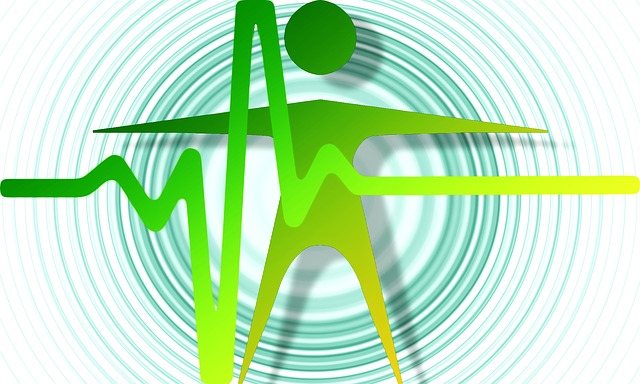We have so many opportunities to feel joy for others and to extend our desire for their joy to grow and continue. However, we can be held back by feelings of envy or jealousy about their good fortune, especially if it comes at our own expense, e.g. when someone gets “our” carpark spot during the mad Christmas shopping period.
Meditating with a focus on feeling joy for others who have experienced good fortune, achieved an outstanding outcome or been publicly acknowledged for their achievement, can take us outside our self-absorption, build our capacity for “empathetic joy” and warm our own hearts through “vicarious joy” and the experience of happiness for them.
Diana Winston provides a meditation podcast on feeling joy for others in which she guides us through the process of focusing on the joy that someone else has experienced as a result of their good fortune.
Feeling joy for others meditation
Once you have achieved the initial meditative state of being grounded, you can identify someone or group of people who have experienced joy and happiness as a result of some event, achievement or fortuitous gift.
As you focus on the joyful experience of another person or group, try to place yourself in that experience – feeling what they must be feeling, appreciating what they are grateful for. You can use images to intensify this identification and what Diana calls “appreciative joy”.
Once you have been able to clearly focus on the joy of another you can then express the wish that their good fortune continues and that their joy grows and develops in a sustainable way. This expression of good will can offset constant exposure to the media’s focus on peoples’ ill fortune.
There is something special about this feeling joy for others meditation in that it takes us away from self-centredness, opens our eyes to the rivers of goodness in the world and enhances our sense of gratitude.
As we grow in mindfulness, we become more aware of others and their experience of joy in times of good fortune and more generous through our appreciative stance engendered through meditation where we focus on others’ joy.
By Ron Passfield – Copyright (Creative Commons license, Attribution–Non Commercial–No Derivatives)
Image source: courtesy of MinistaJazz on Pixabay
Disclosure: If you purchase a product through this site, I may earn a commission which will help to pay for the site, the associated Meetup group and the resources to support the blog.









